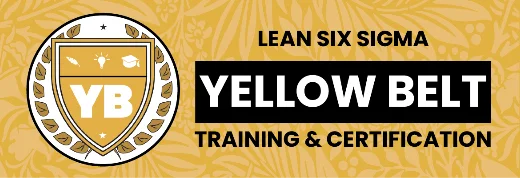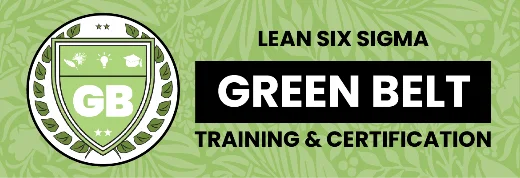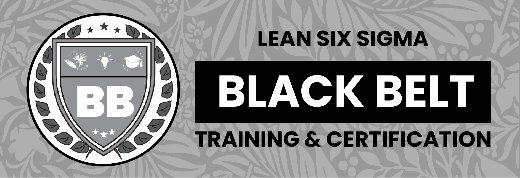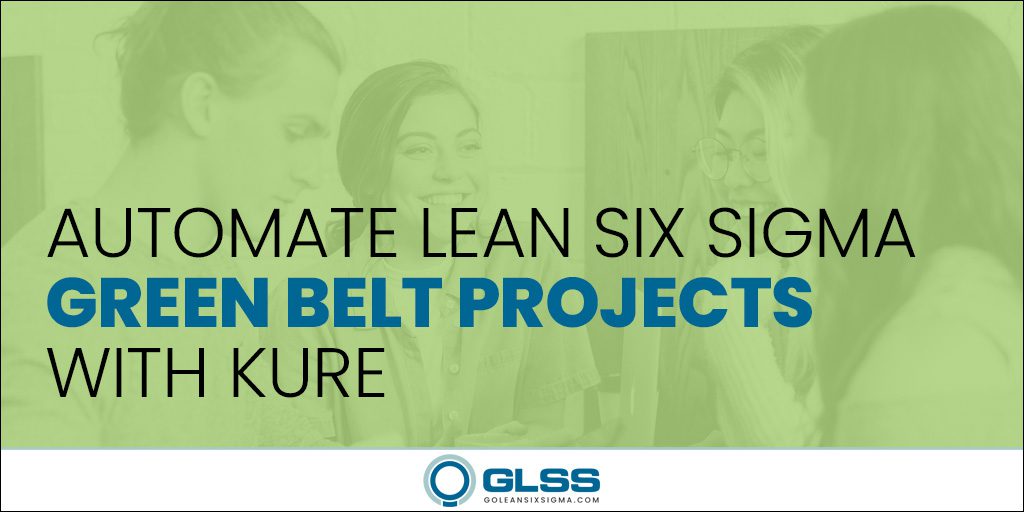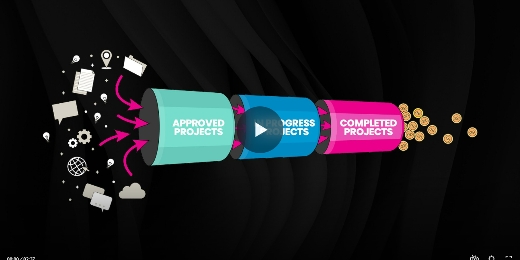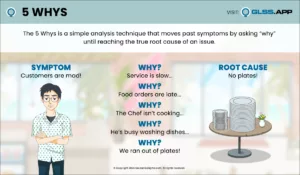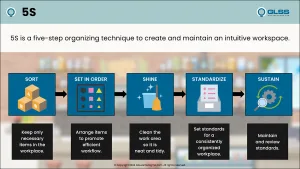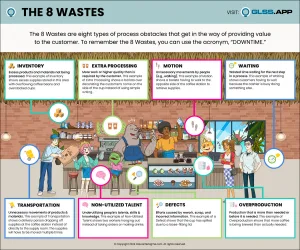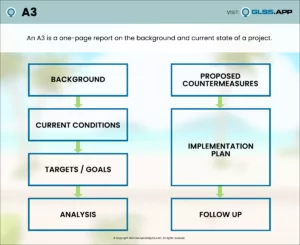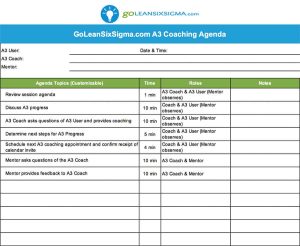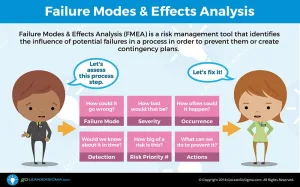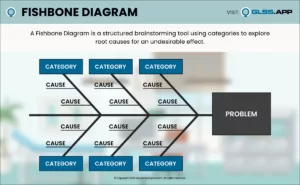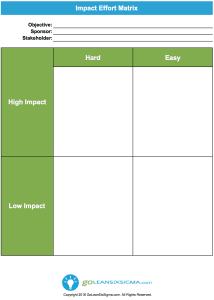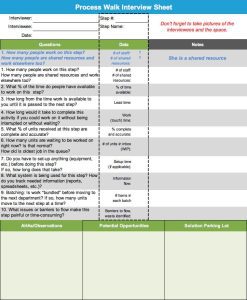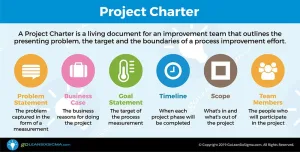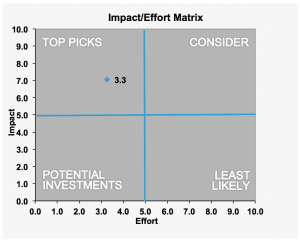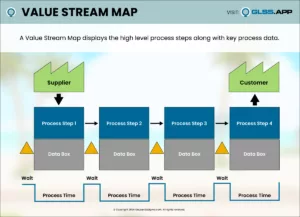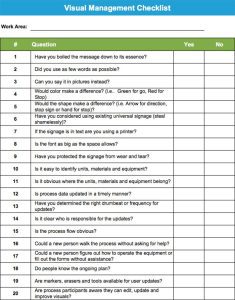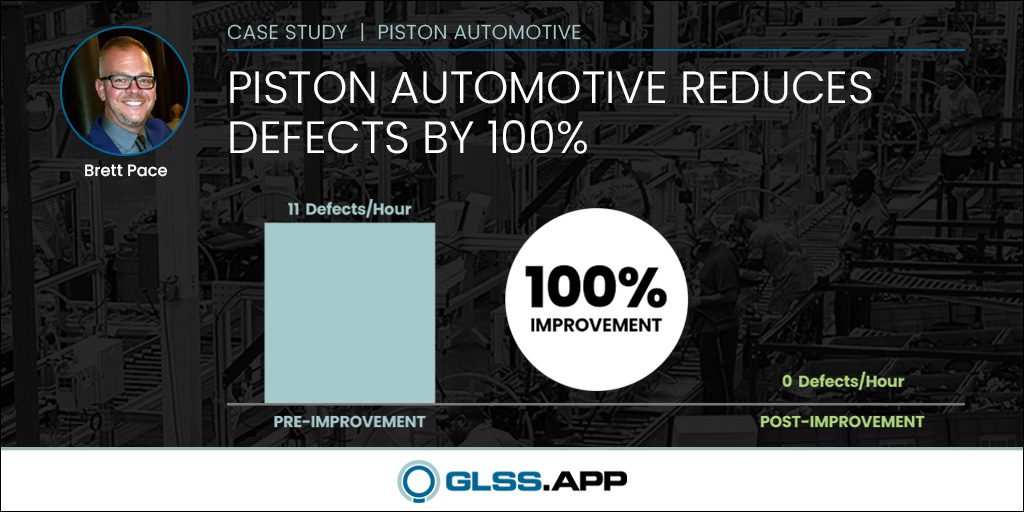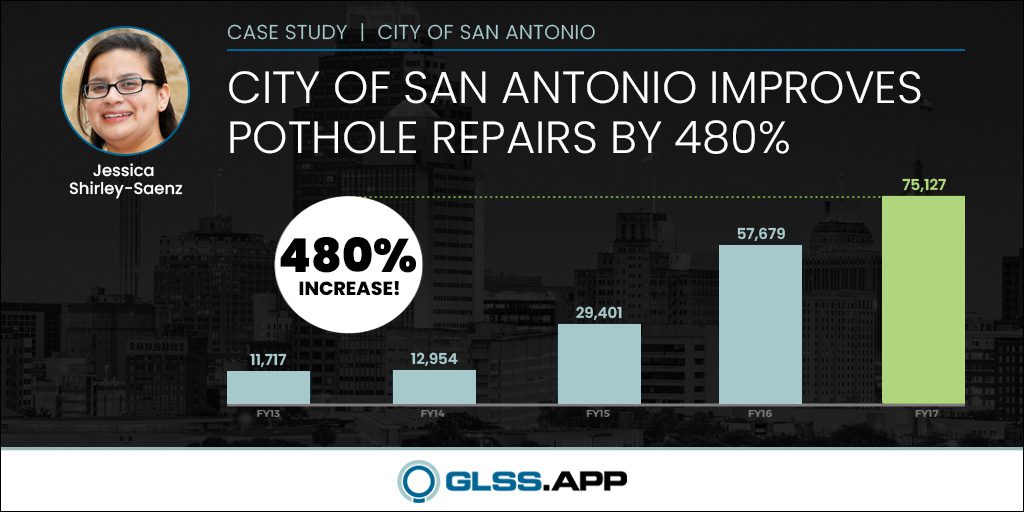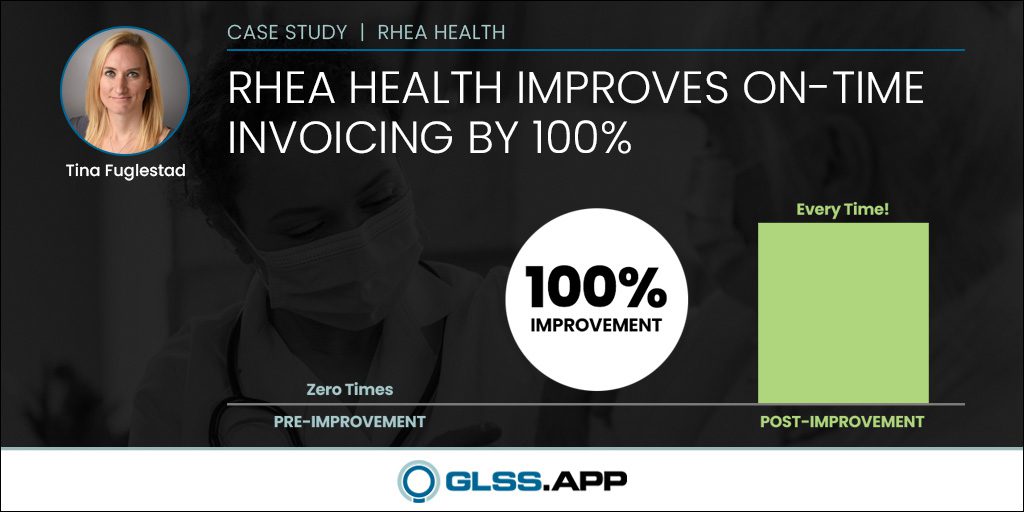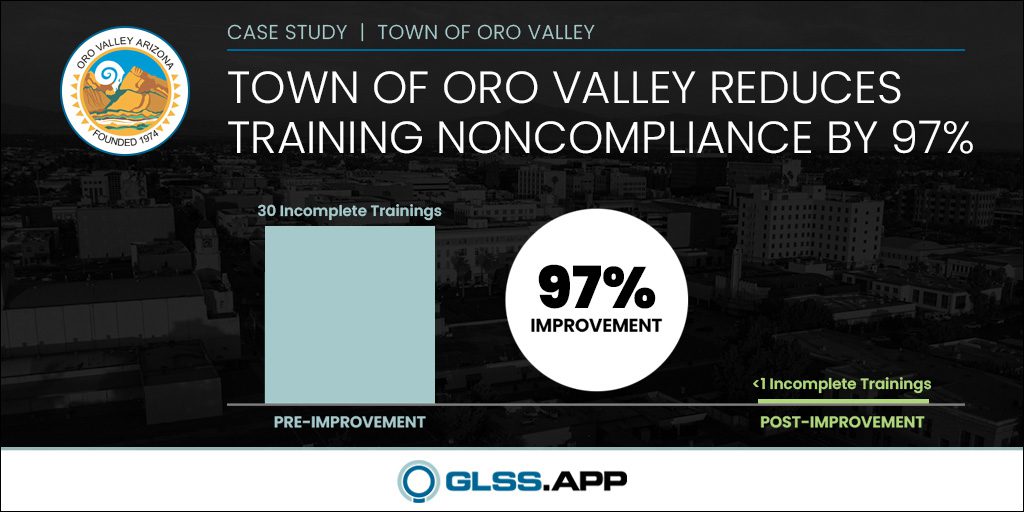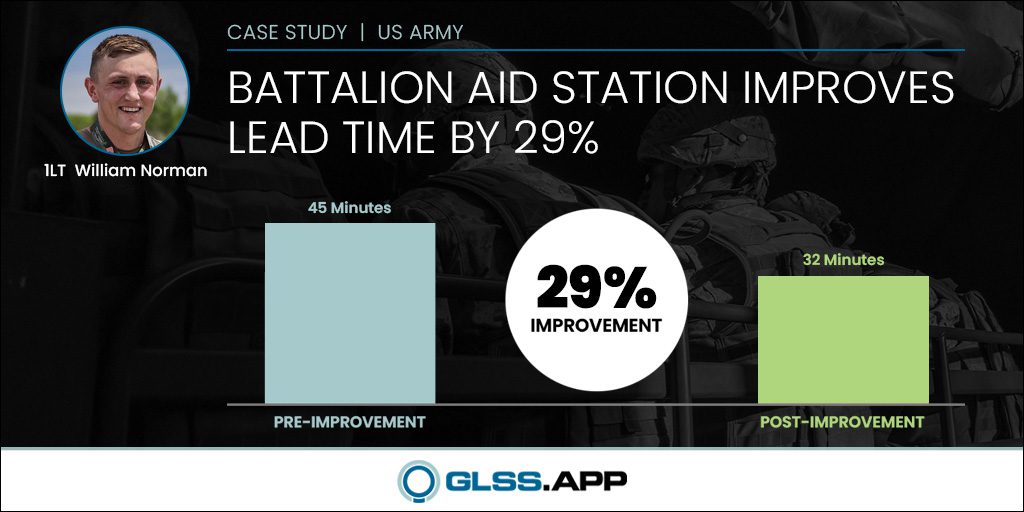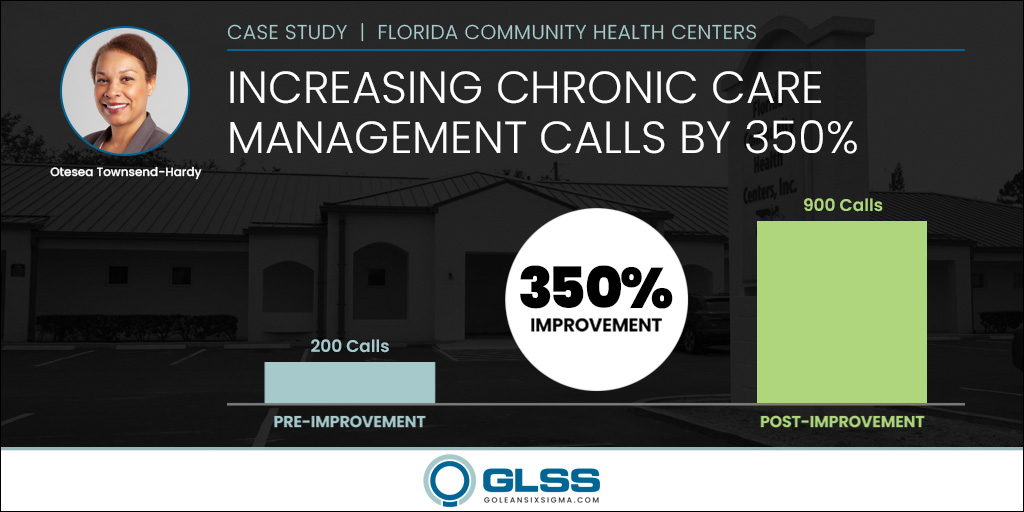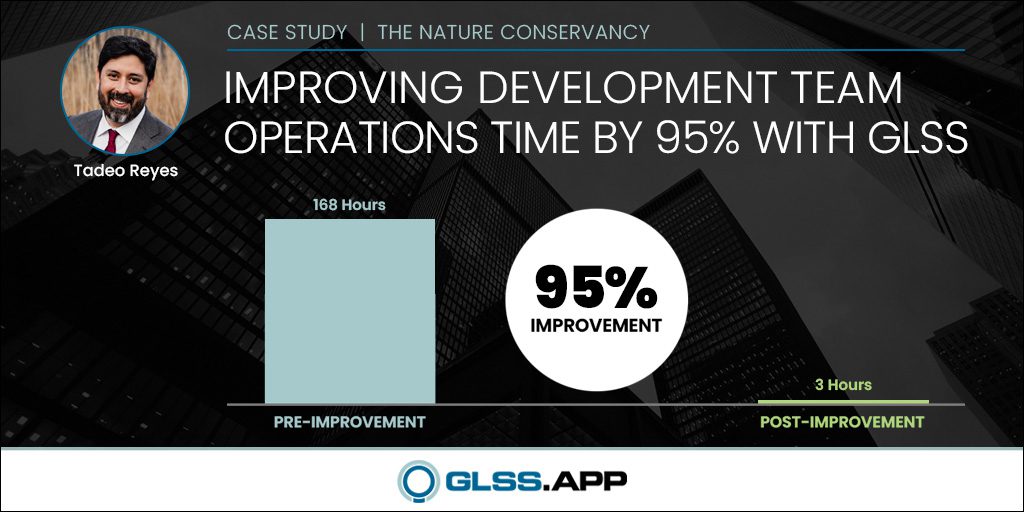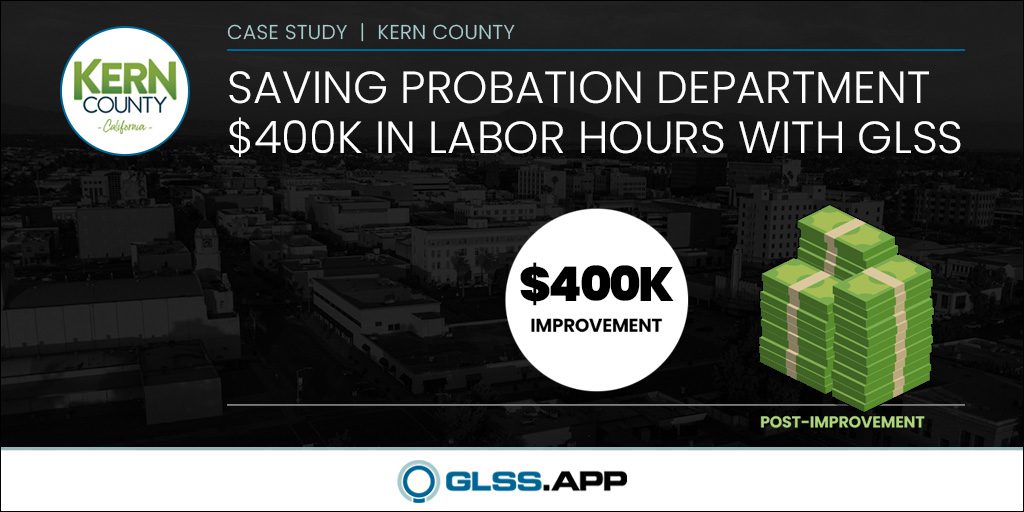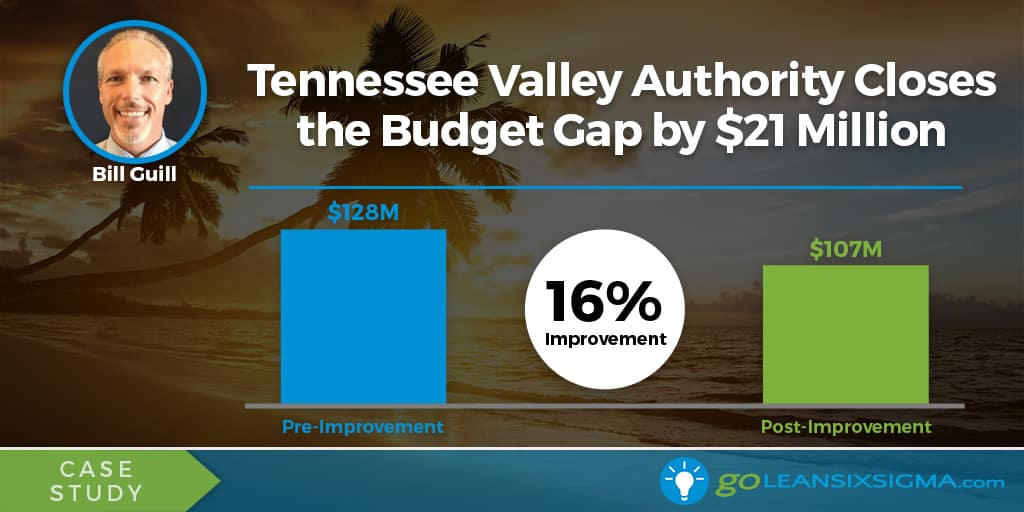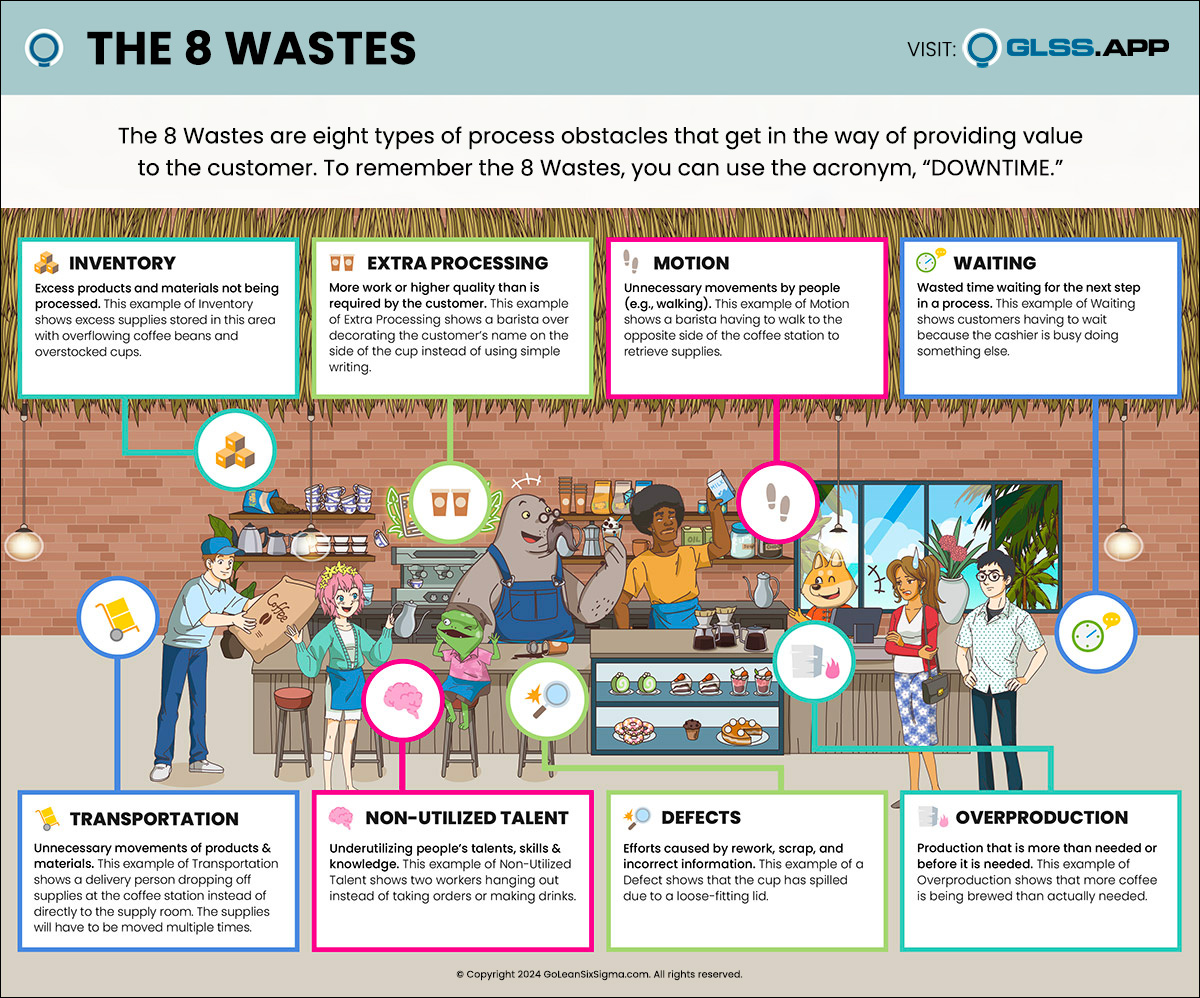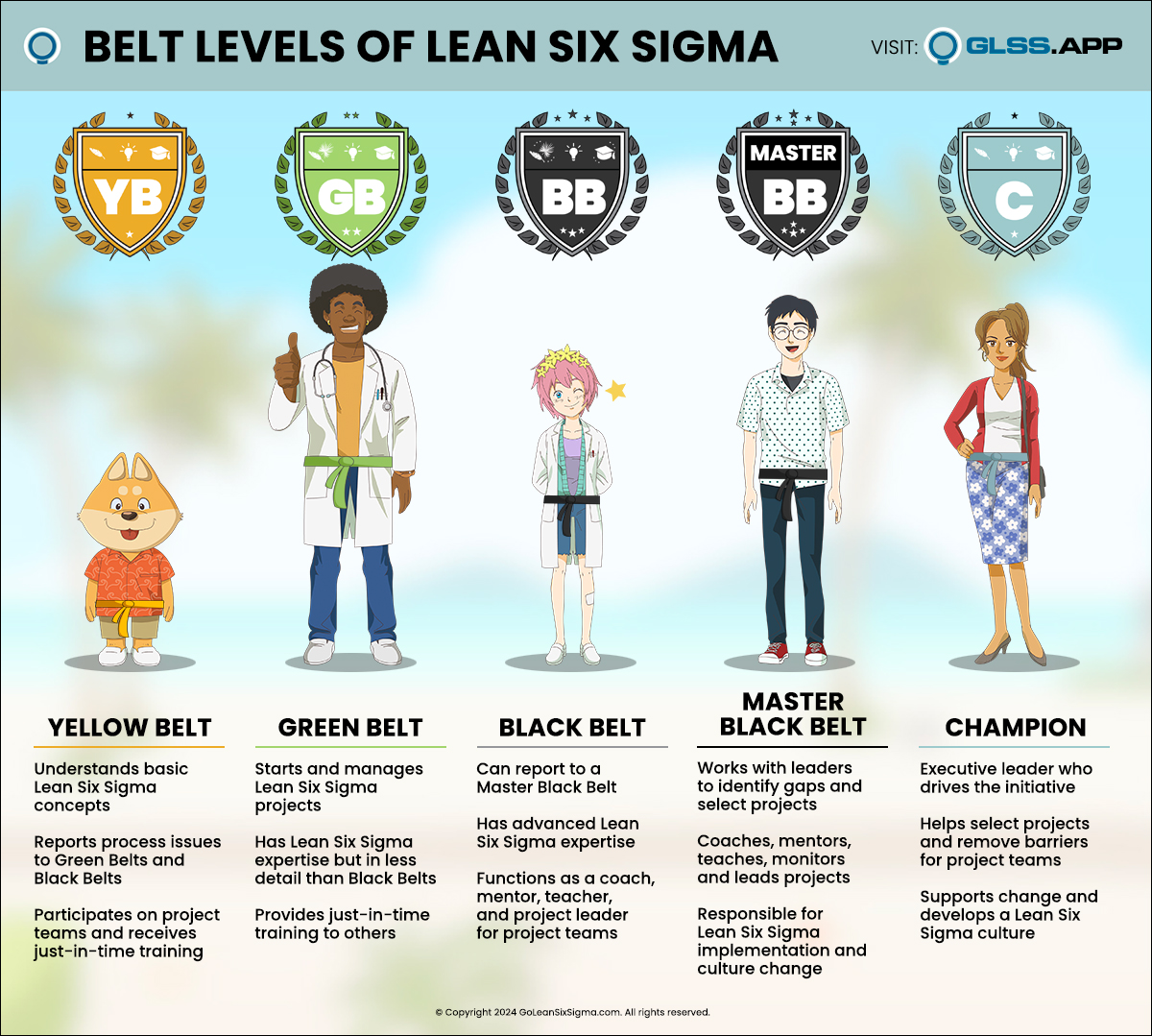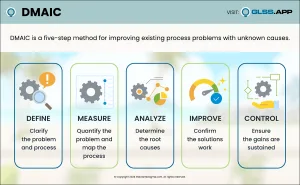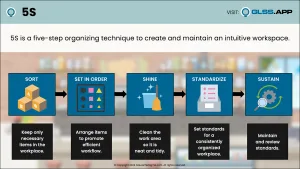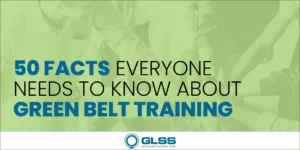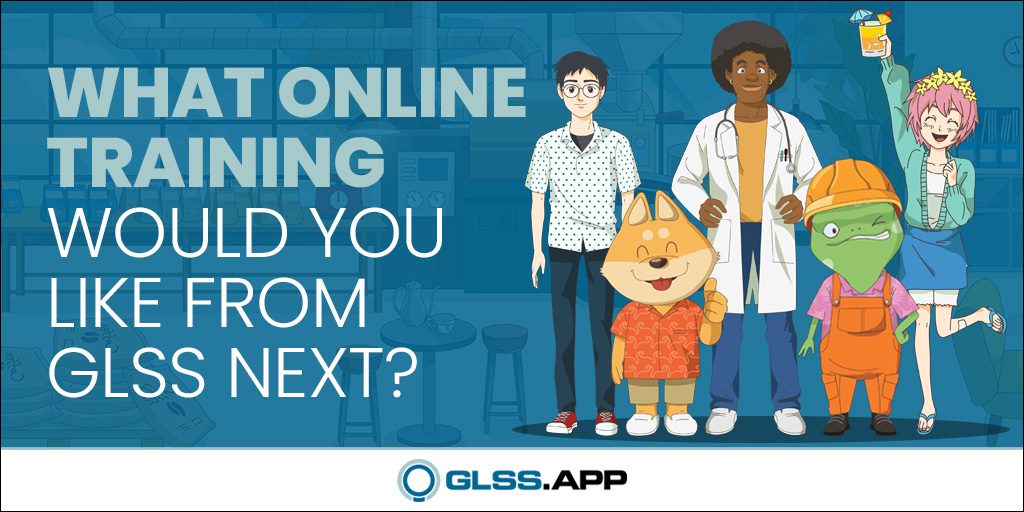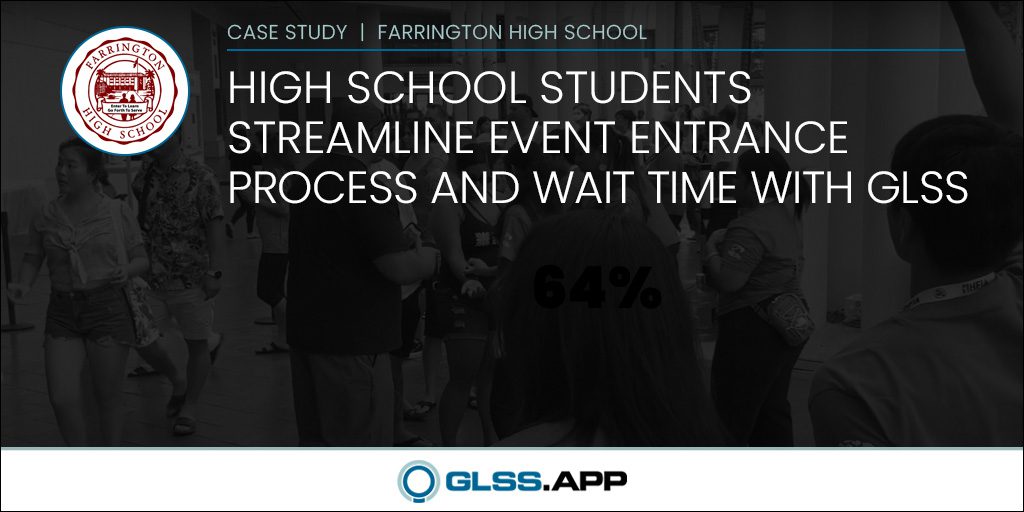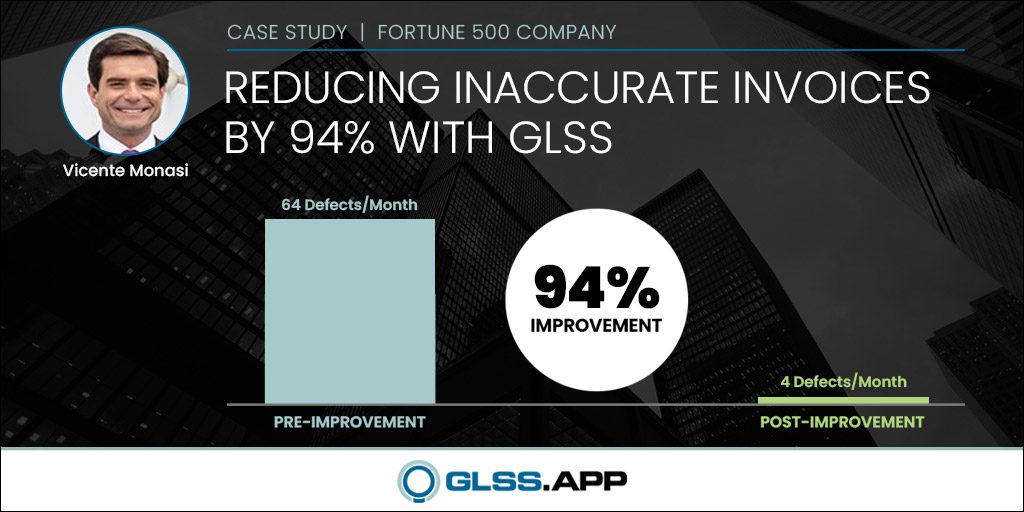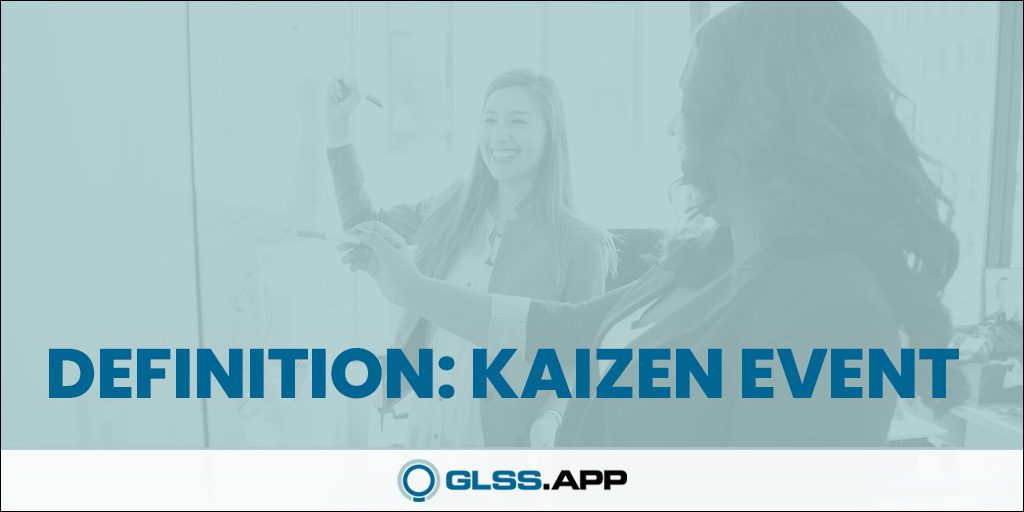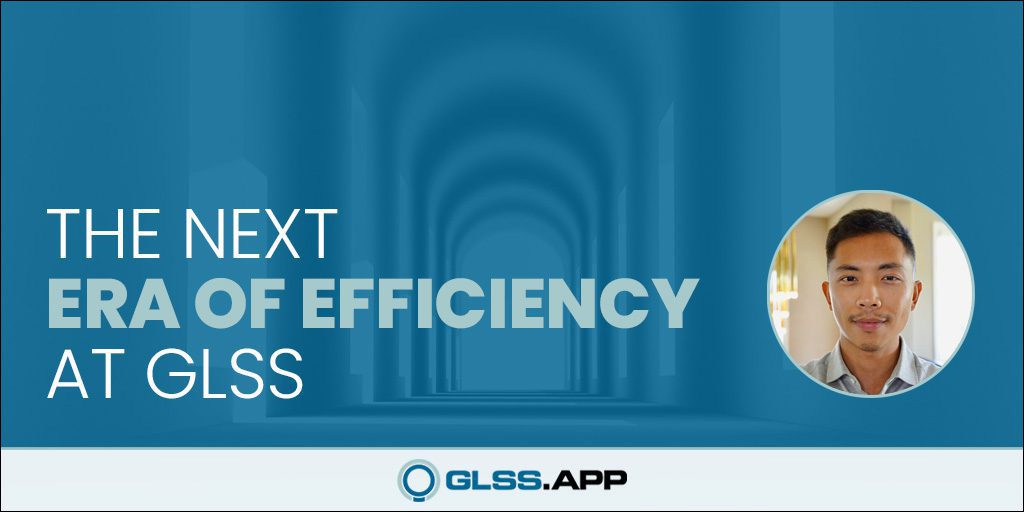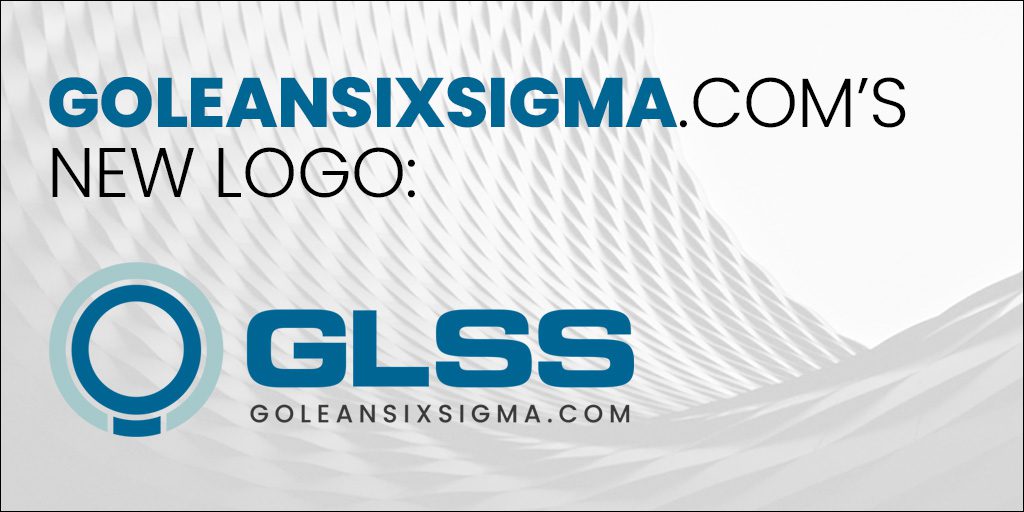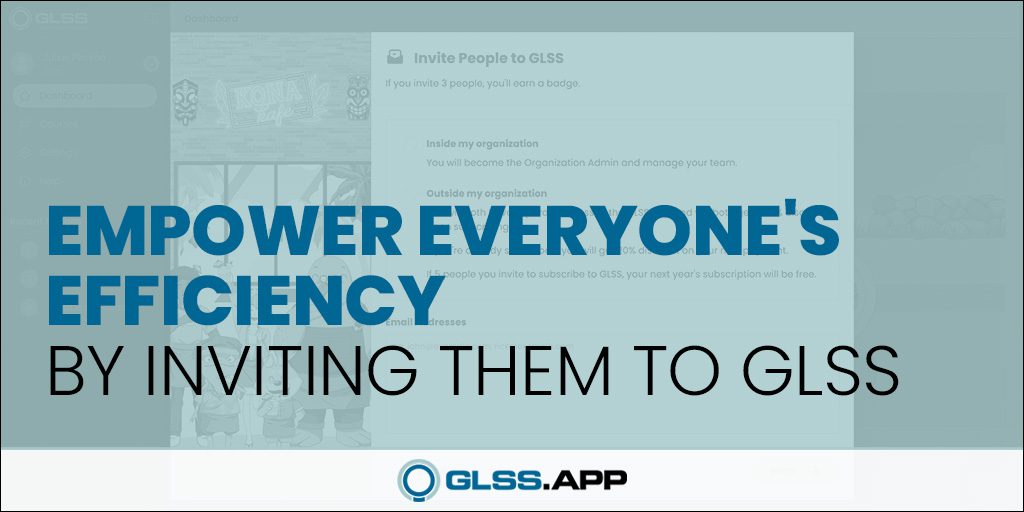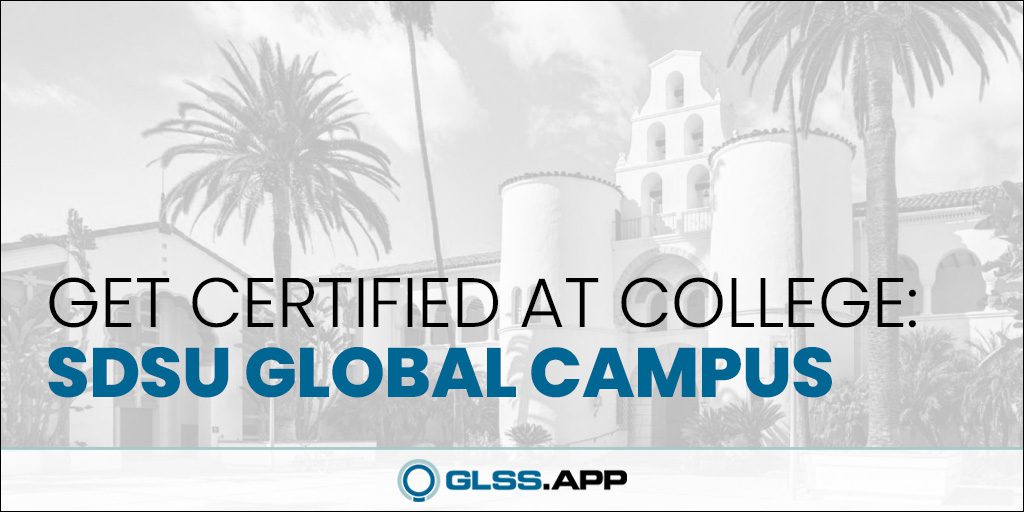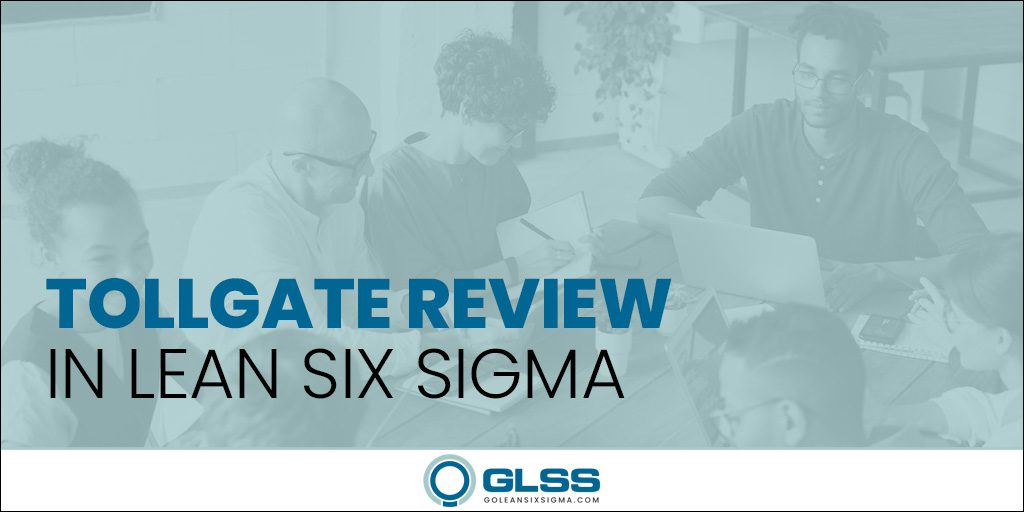Reducing Fuel Reconciliation Lead Time By 95% With GLSS
Home » Case Study » Reducing Fuel Reconciliation Lead Time By 95% With GLSS
Washington State Department of Transportation is on a journey – a “10-hour” journey! Watch this 30 minute success story to find out how Anna Fisher and her team reduced lead time for fuel reconciliation from 10 hours to 30 minutes. With a staff of 6,800 and 70 Lean Practitioners, they’ve got a few stories to tell.
View Slides
Success Story Transcript
GLSS: Hello and welcome to our Success Stories Webinar hosted by GoLeanSixSigma.com.
We are very excited to have this offering for our learners because this is where the rubber meets the road. This is when we talk about real projects that have been implemented within organizations particularly government and we want to share those stories with you.
Today, we’re highlighting a great project success story from Washington State Department of Transportation, also known as WSDOT. And our presenter today is Anna Fisher who is a Financial Consultant at WSDOT.
How are you today, Anna?
Anna Fisher: I’m good.
GLSS: Great. I’m really looking forward to hearing about your presentation project today. Let me tell our listeners a little bit about you.
About Our Presenter
So Anna is a Financial Consultant with the Accounting and Financial Services Team at WSDOT. She has been there for five years. She holds a master’s in accounting and a bachelor’s degree in accounting with focus in business administration.
For the last five years, she has worked for the State of Washington and she has developed a passion for business process improvement projects years ago but has recently become a certified Lean Six Sigma Green Belt. Congratulations!
Anna Fisher: Thank you so much.
GLSS: And it sounds to me like you have a deep appreciation for how state agencies seek to improve the quality of services one process at a time.
Anna Fisher: That is correct. And thank you for such a great introduction. I’ve been focusing on developing skills as a business process improvement consultant since the beginning of my career with the state government. So I’m very excited that I have the opportunity to share all the accomplishments that we were able to achieve here at WSDOT.
GLSS: That’s very exciting. Thank you so much. Let me tell our listeners a little bit about WSDOT.
About WSDOT
So, Washington State Department of Transportation, yes, it’s transportation. So that’s pretty straightforward. But they’re a steward of multimodal transportation systems responsible for ensuring that people and goods move safely and efficiently.
In addition to building, maintaining, and operating the state highway system, WSDOT is responsible for ferry system and works in partnership with others to maintain and improve local roads, airports, as well as supporting alternatives to driving like public transportation, bicycles, and pedestrian programs.
So, you guys do a lot. That’s a great mission. And this is just to give you an idea of some of the things that WSDOT does, 18,600 lane miles of state highways. You maintain 3,300 bridge structures. You have 24.2 million passengers and 10 million vehicles a year on the ferry system. You have 31 public transportation systems, 220 million passengers a year. This is a really big infrastructure, isn’t it?
Anna Fisher: That is correct. So WSDOT is one of the largest agencies in our state.
GLSS: Wow! That’s great. How many employees at WSDOT?
Anna Fisher: 6,800.
GLSS: Wow! OK. Wonderful. So this is exciting and it’s wonderful to hear that WSDOT is on a Lean journey for process improvement. And let’s hear about where the rubber meets the road at WSDOT. Let’s hear about your Lean Six Sigma project. And I’m going to let you take it over from here, Anna.
Lean Six Sigma Project Report Out – Fuels Balance Sheet Account Adjustment Process
Anna Fisher: Thank you so much. I am very excited to walk you through this business process improvement project.
Success Story
It is focused on issues with the account ending balance and the reconciliation of this account followed by the adjustments to this account.
It was a very manual and time-consuming process. It was overdue to be automated and also overdue to be looked at some processing time improvements and error eliminations to ensure data integrity and also compliance.
It was a very manual and time-consuming process. It was overdue to be automated and to also overdue to be looked at some processing time improvements and error eliminations to ensure data integrity and also compliance.
Team Members
Everyone can contribute to improvement efforts but my team included individuals with personal ambitions, passion for fixing problems, and all other qualities that helped us to be successful in this demanding role.
Why This Project?
There were many concerns regarding the current process that were introduced to me at the end of last year. This was when we first learned that this project is suitable for Green improvement because it had the following criteria. The process targeted end to end process that impacts business objectives and outcomes. It was mired in complexity and needed some simplification.
It was associated with issues and complaints and it consumed more processing time and more resources than required. And then we were able to provide it.
And the answer to why we do this process this way was that we’ve always done it that way. And then it’s about engaging people to have them ask why we do things a certain way or if things could have been done better. It doesn’t automatically mean that it’s a bad practice. But we should be willing to challenge things to figure out if we should reinvent that process or tweak it.
And the answer to why we do this process this way was that we’ve always done it that way.
Through our process of Lean, we started looking at the process, the systems, and started to identify ways and opportunities for improvement.
GLSS: Well, that’s exciting. I know I’ve heard that so many times, “Well, just – we’ve always done it that way.”
Anna Fisher: That’s correct. That’s what we hear frequently.
GLSS: Yes.
DMAIC
Anna Fisher: Project managers in just about any industry are faced with the challenge of improving the efficiency and productivity of their businesses. To do this, they need to understand the best methodology and tools to study and analyze the process correctly.
We use the DMAIC steps which are the true backbone of our process improvement. The steps make sense. They were easy to understand and they were logically in their sequence. They allowed us to scope with the problem, measure the current performance, analyze the root causes of problems and inefficiencies, and also, test and verify improvement and recommendation and then implement the changes.
GLSS: I love DMAIC.
Anna Fisher: I do as well.
Define
Essentially, the purpose of the define step was to set our project up for success. Essential project elements that we accomplish in these steps where it may mean sponsorship for the project, establishing the project charter and appropriate scope, identifying stakeholders and team members, and also planning and conducting a successful kick-off meeting.
And we used the SIPOC tool that helped us scope the problem and helped to pinpoint what and where to measure.
GLSS: That’s great. I tell people to use the SIPOC to find out where to measure all the time. It’s really helpful.
Measure
Anna Fisher: And in the measure step, we set some objective and Gemba and understand the existing process. For those that have not heard of Gemba, it means go see. And in Six Sigma over here at WSDOT, we use this term to imply that we need to get up and go outdoors and see the process to be able to see improvement that are not actually seen when we are not familiar with it.
GLSS: That is one of my favorite tools in the toolkit is the Gemba Walk. It’s so eye-opening. I find that people really, really learn a lot. That’s wonderful that you did that.
Anna Fisher: And in the end, we compile the data into a flowchart of the current state and we set that process baseline.
GLSS: Good.
Analyze
Anna Fisher: In analyze step, we analyze the current state data and determine the root causes and opportunities to improve. Here, we took the more in depth look at the data collected in measure step and we had to make sure that the root causes that we found really affect something that someone really cares about and something that is of value to them.
…we had to make sure that the root causes that we found really affect something that someone really cares about and something that is of value to them.
Here, we used flow analysis, value flow analysis. And this analysis take the process map that we created in measure then review each step listed to determine if it’s of value or not. This way, we could see if the steps can be reduced or eliminated because they don’t have any value in the process.
GLSS: So Anna, is the – the pink steps the non-value-add steps and the yellow steps value-add?
Anna Fisher: That is correct.
GLSS: Wow! Look at all those non-value-add steps. Was that a hard application? Did people struggle with agreeing that there were so many value-add steps or non-value-add steps in the process?
Anna Fisher: I think we struggled the most with making sure we identify each steps when we were mapping the process. And when we were identifying value and non-value-added steps, we already had an idea what is taking too much time and doesn’t add any value to it.
GLSS: Yes. Well, in looking at this slide, I mean I think this is what is such a motivator when people really see this and go, “Look at all those non-value-add steps.” And people are agreeing in the process. I mean that really shows how much opportunity there is in a process. So, that’s awesome. Great.
Improve
Anna Fisher: This phase was the most challenging but also the most enjoyable. Previous phases provided us with the causes of the problems. But in this phase, we were focusing on developing innovative solutions. We didn’t have a pilot plan to validate selected solution and a plan to contend performance results and time and accuracy.
We set improvement targets, 50% of the original measures for time and 100% for accuracy. After that, we were able to finalize the modified process flow.
GLSS: So how long did the improve phase take roughly? How much time were you guys spending on the improve phase? It looks like you did a lot.
Anna Fisher: Yes. The improvement phase took about two full day workshops and with all additional tasks between that were divided between each of the team members.
GLSS: OK. Great.
Control
Anna Fisher: In the control phase, we developed and implemented controls to maintain the results. I noticed that this step is the most forgotten because we often think that we don’t need controls. And in the end, this might cause that the gains we achieved might be lost quickly.
So the team and I, we constantly evaluate the procedure manual. We closely monitor a kanban and search for any glitches or areas that we could still look at for some improvements on top of the ones that we’ve already done.
GLSS: Yes, I agree. All of the glories in improve, right? Everybody wants to kind of skip over control and just move to the next thing to fix. So I agree. It’s one of those things that people, they kind of want to move to the next thing and they sort of forget about control and then the problem returns, right?
Anna Fisher: That is correct.
GLSS: All right. Let’s see what you guys did for results.
Results
Anna Fisher: So this is the exciting news. With the use of Lean Six Sigma tools, we achieved excellent results. We went from 10 hours of current state processing time to 30 minutes. Out of 63 original steps, we only have 19 steps in the end.
We went from 10 hours of current state processing time to 30 minutes. Out of 63 original steps, we only have 19 steps in the end.
GLSS: Wow!
Anna Fisher: Yeah. This is very exciting to see. And out of 53 non-value-added steps, we were able to eliminate several to put us down to 14 of non-value-added steps.
GLSS: That is really exciting. So you decreased the process time from 10 hours to 30 minutes. So people must have been ecstatic in this process.
Anna Fisher: Yes, it’s incredible. And we constantly share our excitement each time we perform the process because we still can’t believe that we were able to achieve so much.
And we constantly share our excitement each time we perform the process because we still can’t believe that we were able to achieve so much.
Special Thanks
And I would like to take a few minutes to thank everyone who helped and contributed to this success. I would like to thank each of the team members for their efforts and dedication and support I received from our WSDOT Lean Team.
GLSS: That’s great. Thank you for sharing that because it does take a village, right? Green Belt projects as well as process improvement, there are lots of people in processes and it’s always nice to know that there’s a team of people that are participating in improving the process, not just one person, right?
Anna Fisher: That is correct. It was a team effort, team work and I could not imagine achieving such a great result without everybody’s help.
GLSS: Yes. So, thank you for sharing your project and your success story.
Q & A
I just had a few questions for you, maybe just a couple of things that you could answer. Would that be OK?
Anna Fisher: That is perfectly fine with me. Thank you.
GLSS: Sure. So, what advice would you have for someone that’s getting started with process improvement in government? Do you have anything that you would say just from your lessons learned in terms of advice?
Anna Fisher: Yes. I would like to share a few concepts that I found very valuable when I was working on this project. I think number one is to receive – to have a sponsorship for the project and have approval because without having sponsors and somebody who will speak for the process you make, changes will not be able to be implemented.
Also, I would recommend following all the DMAIC steps in order and not skipping any of them. I know often, we get excited and we try to move into solutions too quickly, which I learned that can cause problems with identifying all the root causes.
I know often, we get excited and we try to move into solutions too quickly, which I learned that can cause problems with identifying all the root causes.
And last but not the least, I would suggest contributing time to the workshops to make sure that we spend enough time on each of the steps and we don’t try to rush through them too quickly just because certain steps, certain analyses can be missed.
GLSS: Yes, definitely. Those are all really good I would think suggestions and feedback. And I always say when people ask me advice on Green Belt projects, I always talk about sponsorships just like you’ve mentioned. It feels like you’re swimming upstream if you don’t have that sponsorship. So I totally agree.
And it’s really nice to hear for you to promote to follow all those DMAIC steps because people do skip them. They do want to skip them. They say, “But we already know the problem. Why do we have to measure?” And so, it’s really nice to hear.
So, how many – how much activities happening at WSDOT with process improvement these days? I mean it sounds to me like this is a very successful improvement. How many other people are doing process improvement? Is it really taking – is it really gaining some traction now?
Anna Fisher: Yeah, that is correct. So, WSDOT is very active in developing Lean processes. We have about 70 practitioners in our organization, which is incredible. I’m talking about 70 certified Lean practitioners that are supporting business processes, providing advice and consulting other staff on how we can provide our customers with a better and more efficient work.
GLSS: Wow! And what is the goal for this year? Or is it really more about project results now versus training more people?
Anna Fisher: So, we currently launched new Green Belt certification program. I was lucky to be in the first group of Lean Green Belt Six Sigma practitioner’s class offered here at WSDOT. But the program is growing and we are currently moving into the project full Q [Phonetic] [0:18:42] Program that continues to grow.
GLSS: Yes. So what do you think is maybe the biggest lesson learned or biggest mistake you see people making that are new to process improvement? Is there anything that you’re seeing people are doing kind of consistently?
I’ll give you an example. So I worked with another agency, another government agency, and when they were trying to get some training for some of their people in trying to implement projects, what I was finding a lot was people were focusing on other people’s processes but not their own. So they would say, “Well, my processes are fine but the people before me, they really need to fix to their process or that of other function or section or department has to fix their processes. But my processes work great.”
…what I was finding a lot was people were focusing on other people’s processes but not their own. So they would say, “Well, my processes are fine but the people before me, they really need to fix to their process or that of other function or section or department has to fix their processes. But my processes work great.”
So, it took a little while for people to realize that those really weren’t good projects trying to fix other people’s processes. But they really needed to focus on something that they had some impact on and that took a little while. So, is there anything that you’re finding happened in terms of a learning at WSDOT?
Anna Fisher: That is correct. So what I’ve noticed over here is that sometimes we are choosing the projects that are not really suitable for Lean improvement. These are projects when we know the results ahead of taking on it. We already think about improvement before we go through the steps.
Also, taking on too large projects instead of focusing on parts of it first. Usually, the processes don’t seem to be too complicated until we are getting to the phase when we are analyzing root causes, when we are analyzing each of the steps, then we realized that project might be too big of a scope and would be more successful for us to do few of them at the smaller scale.
GLSS: Yes. Wonderful. That is a great insight. I would see that a lot too. People picking things that really aren’t process improvement.
Well, I want to thank you so much for joining us today, Anna. I really appreciate it. I think it’s always nice to hear about success stories in government, really anywhere, but especially in government. And I really get a lot out of hearing. It’s kind of like my gift, I feel like. I’ve been teaching Lean and Six Sigma for 20 years and my favorite part is listening to how people apply this stuff, these tools and these concepts and then they actually make an impact. So thank you for the gift today. I really appreciate it.
Anna Fisher: Thank you.

